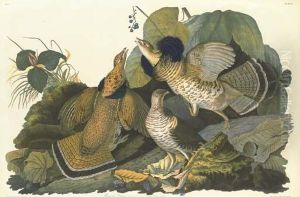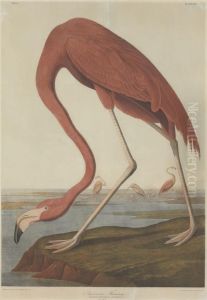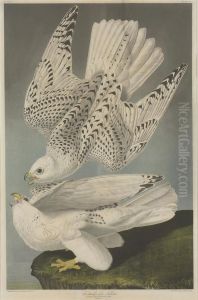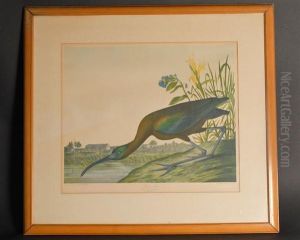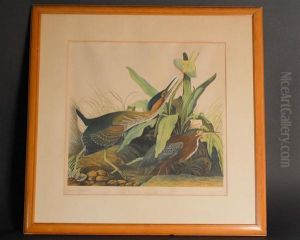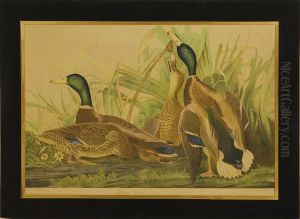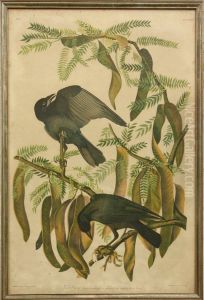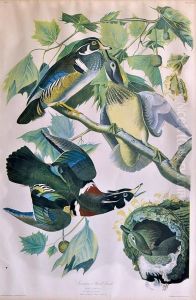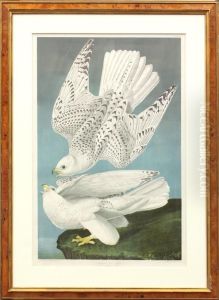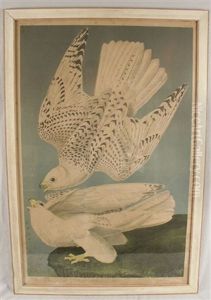Julius Bien Paintings
Julius Bien was a notable German-American lithographer and cartographer born on November 24, 1826, in Naumburg, Germany. He immigrated to the United States in 1849, settling in New York City, where he would later establish a reputation as a master printer and engraver.
Bien initially trained in the German lithographic tradition, which was known for its precision and quality. After moving to the United States, he continued to refine his skills and adapt to the American market. By the 1850s, he had begun to make a name for himself through his work with various scientific and government organizations.
One of his most significant contributions was to the field of cartography. Julius Bien is perhaps best remembered for his work with the United States Geological Survey, where he was instrumental in producing detailed maps of various regions of the country. His meticulous attention to detail and his use of color lithography set new standards for map quality and aesthetics.
In addition to maps, Bien was also known for producing botanical prints, technical drawings, and fine art reproductions. His firm, Julius Bien & Co., became one of the most prominent lithographic companies in the United States during the latter half of the 19th century, known for its high-quality prints and innovative techniques.
Beyond his technical prowess, Bien was also involved in the Jewish community and was a founding member of the Hebrew Orphan Asylum of New York. He contributed to various philanthropic causes and was recognized for his contributions to society.
Julius Bien's impact on lithography and cartography continued to be felt long after his death on December 22, 1909. His legacy lives on through the countless maps and prints that bear his name, and he is remembered as one of the pioneers in the field of American lithography.
